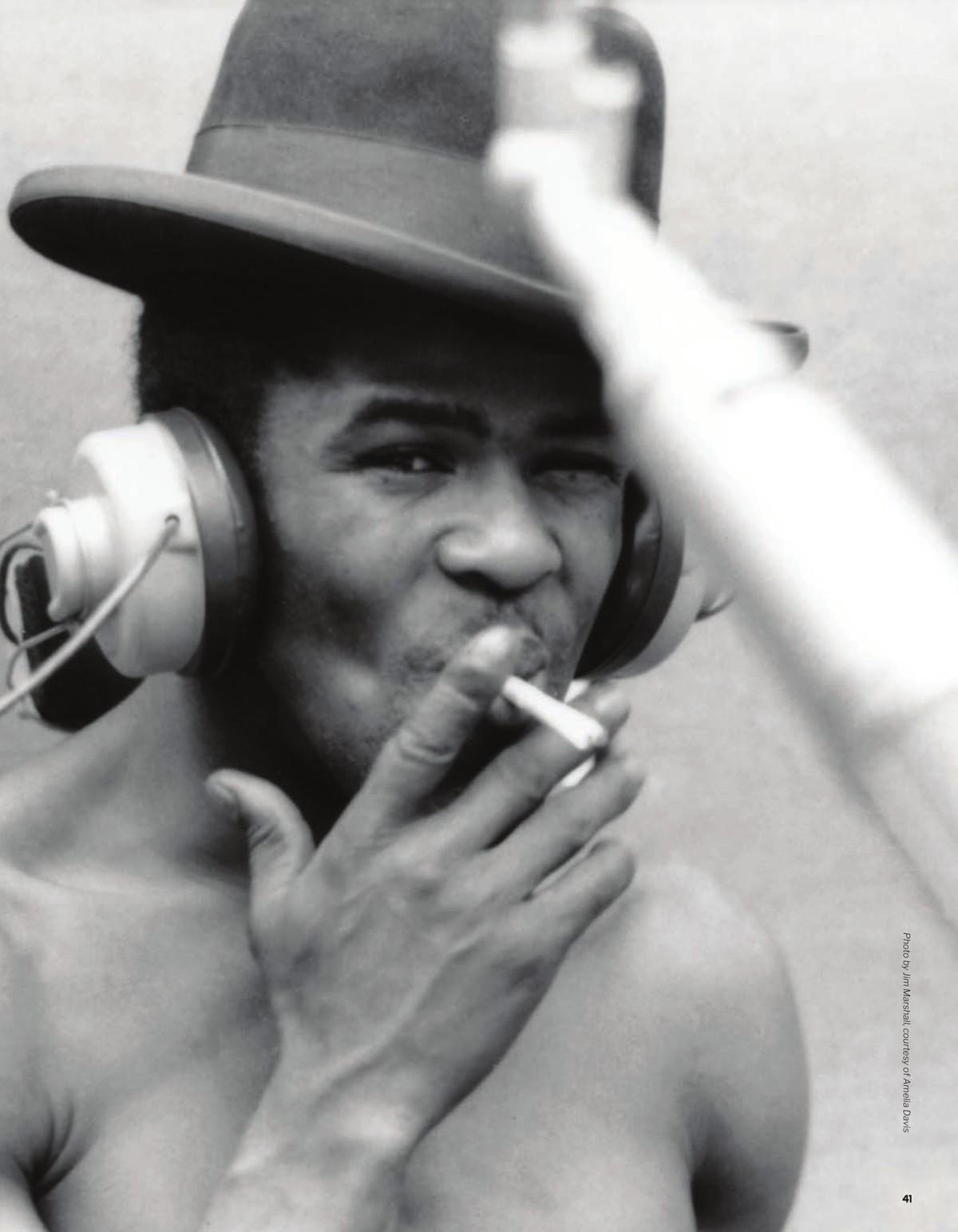Police Files
BLACK MAGIC MURDER
Wherein the philandering ways of Santana's original conga player caught up with him


"I want that n****r to come outside,” shouted the angry, estranged husband. The Santana conga player Marcus Malone had been spending the afternoon lolling around with his girlfriend when her husband showed up banging on the door. Malone was slated to leave that week to begin recording his band’s debut album at Columbia Studios in Los Angeles with producer David Rubinson. This was not a welcome intrusion.
Malone was a central figure in the young band. They called him Marcus the Magnificent. At age 23, he was slightly older than the other members and, as a part-time pimp and petty criminal, far more streetwise. The band found him playing in the weekend drum circle at San Francisco’s Aquatic Park, and he brought an African sound to what had essentially been a blues band with a conga drummer. Marcus showed the band the drums-and-chant “Jingo" from the 1959 album Drums of Passion by Nigerian percussionist Olatunji. Malone was also the key ingredient in the band’s own tribal offering “Soul Sacrifice,” which was built around a showpiece solo by Malone, who cut a flashy, charismatic style on stage.

